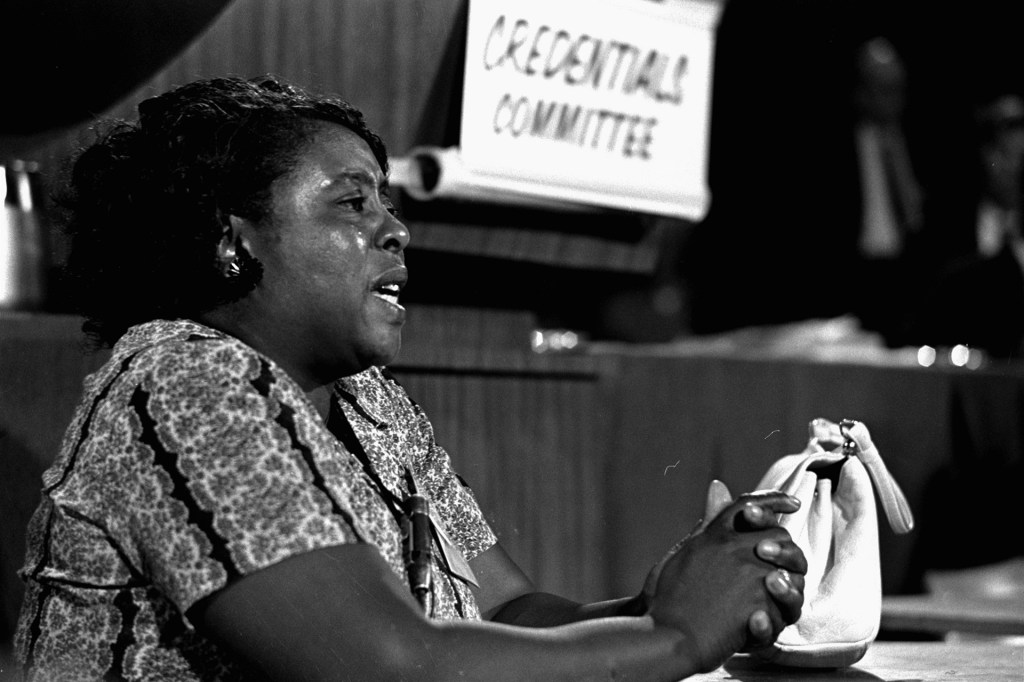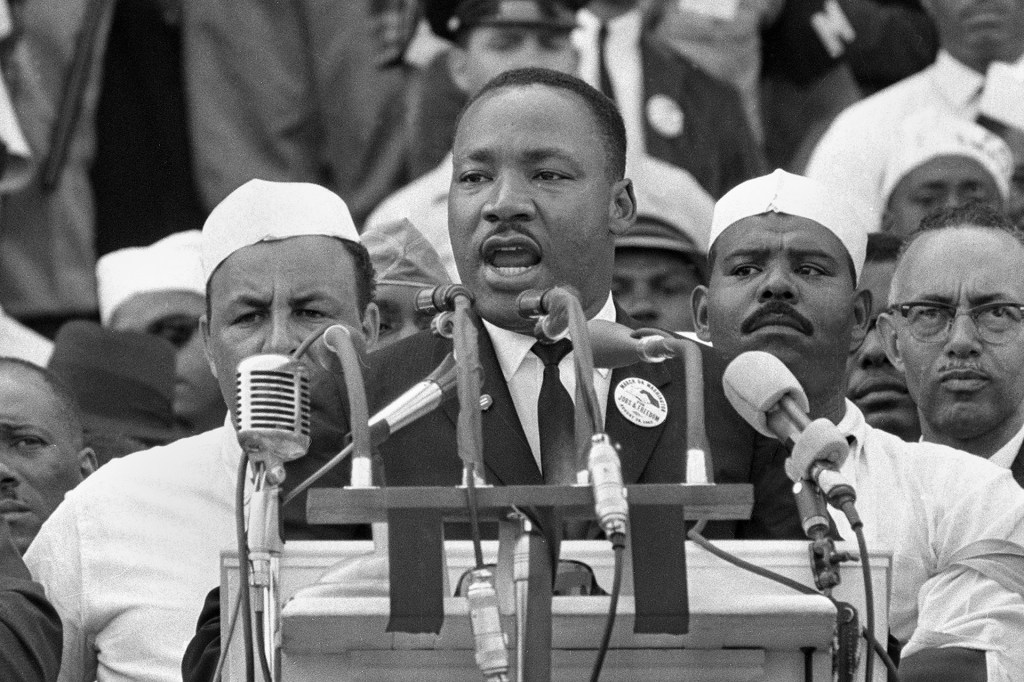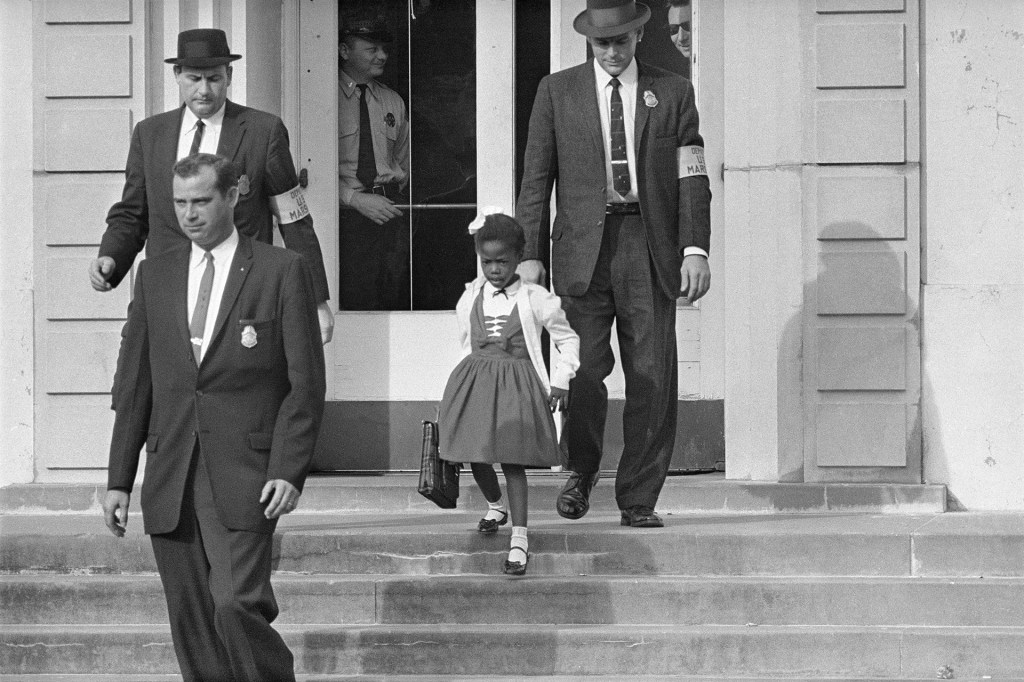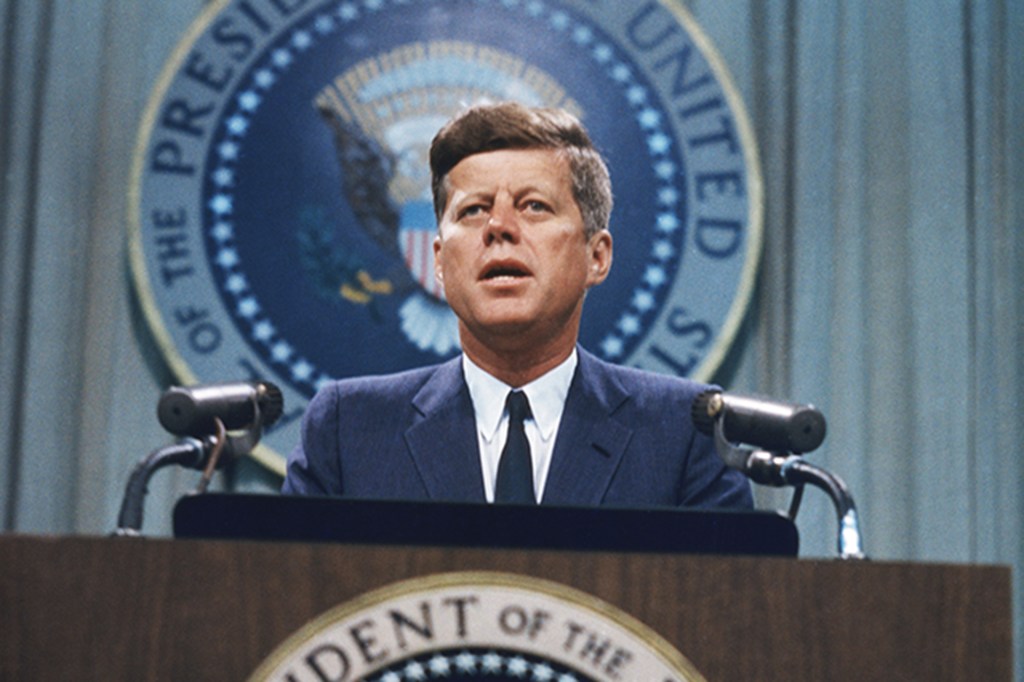Frederick Douglass
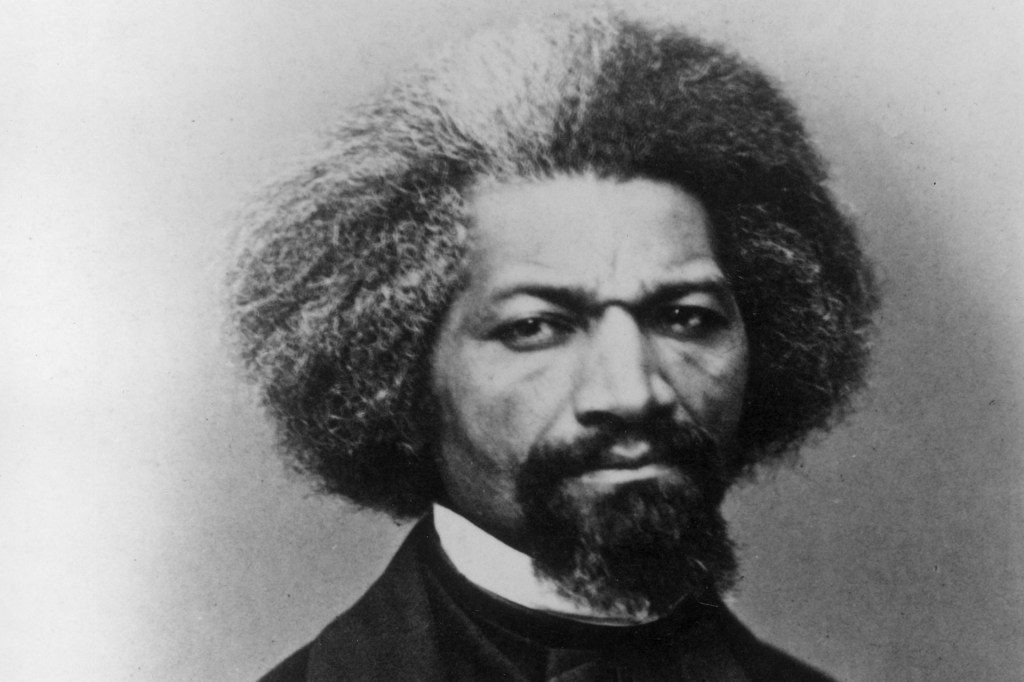
In the years leading up to the Civil War, Frederick Douglass (February 1818—February 20, 1895) was the most powerful speaker and writer of the abolitionist movement.
Frederick Douglass was born into slavery in Talbot County, Maryland. He was raised by his grandmother, who was a slave. He was taken from her when he was a child and sent to Baltimore, Maryland. There, he worked as a servant in the household of shipbuilder Hugh Auld. Auld’s wife, Sophia, began teaching young Frederick to read and write. Then her husband told her to stop. It was against the law to teach a slave to read. But young Frederick found a way to keep learning. White friends secretly gave him books.
As Douglass grew up, he developed ideas against slavery. He believed in human equality. He found that idea in the Declaration of Independence. Eventually, he was sent back to the Maryland plantation where he was born. There, he gained a reputation for disobedience. This was partly because he was teaching other slaves how to read the Bible.
Before long, Douglass was sent to work for Edward Covey. Covey was known as a brutal “slave breaker.” He whipped his slaves. In his autobiography, Douglass writes about his victory over Covey. They fought hand to hand. After that, Covey never whipped Douglass again. In 1838, Douglass escaped from slavery. He disguised himself as a sailor and headed north. He made his way to New York City.

In the 1880s, Douglass held a series of positions in the U.S. government, including ambassadorships to Haiti and the Dominican Republic.
MPI/GETTY IMAGESThe Abolitionist
In New York City, Douglass married Anna Murray. The couple settled in New Bedford, Massachusetts. They lived in a community of free black people. They became active in the abolitionist
abolitionist
 SHIRONOSOV/GETTY IMAGES
someone who supported the abolition of slavery in the 19th century
(noun)
The abolitionist hoped to convince others to oppose slavery.
movement. Abolitionists wanted to abolish slavery. Douglass was a good storyteller. His stories about his life as a slave got the attention of William Lloyd Garrison. He was the editor of the abolitionist newspaper The Liberator. Garrison encouraged Douglass to write about his experiences. The result was the Narrative of the Life of Frederick Douglass, An American Slave. The book was published in 1845. It became a best-seller.
SHIRONOSOV/GETTY IMAGES
someone who supported the abolition of slavery in the 19th century
(noun)
The abolitionist hoped to convince others to oppose slavery.
movement. Abolitionists wanted to abolish slavery. Douglass was a good storyteller. His stories about his life as a slave got the attention of William Lloyd Garrison. He was the editor of the abolitionist newspaper The Liberator. Garrison encouraged Douglass to write about his experiences. The result was the Narrative of the Life of Frederick Douglass, An American Slave. The book was published in 1845. It became a best-seller.
In 1847, Douglass’s supporters raised money to buy his freedom. He moved to Rochester, New York, and started an antislavery newspaper. It was called The North Star. In 1848, he spoke at a women’s-rights conference in Seneca Falls, New York. There, he met civil rights advocate Elizabeth Cady Stanton.
Power and Influence
During the Civil War, 1861–1865, Douglass asked President Abraham Lincoln to allow black men to join the Union Army. Two of Douglass’s sons, Charles and Lewis, joined the 54th Massachusetts Infantry. After the war, Douglass used his fame to the promote the passage of the 14th and 15th Amendments to the Constitution. These gave all American men equal rights, including the right to vote. The 13th Amendment, passed in 1865, had abolished slavery.
Later, Douglass held high-ranking positions in the U.S. government. He was ambassador to the Dominican Republic and Haiti. He was also director of the Freedman’s Bank. He spoke out against racial inequality and defended human rights.
Douglass died in 1895, in Washington, D.C. He had just attended a meeting for the National Council of Women. Thousands of mourners attended his funeral.




